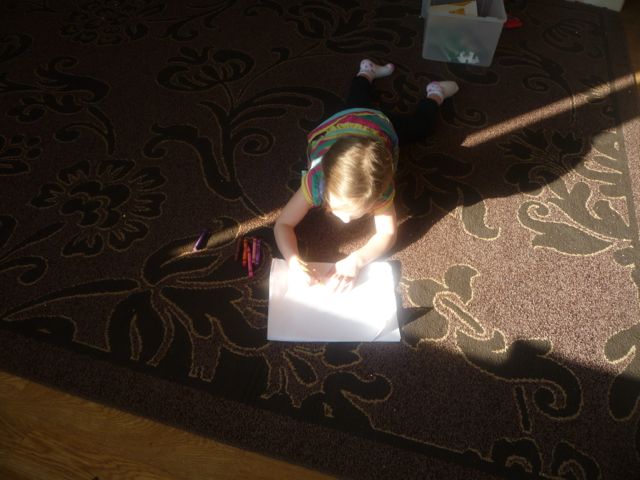Spring Fling Learning
By Martha Artyomenko
Spring brings its own challenges to learning, but learning to roll with it and take advantage can help keep the learning happening when everyone wants to be outside.
-Garden planning: Pull out those seed catalogs, botany books and science books and work on planning even a container garden if you live in town. Start plants in the windowsill, visit a nursery, and investigate what is starting to blossom outdoors.
-Go for a hike. Hiking can invigorate the mind, and you can find local herbs, plants, and even bones to identify.

-Do math, reading, writing outside on the picnic table. Have snacks in the sunshine on a warmer day. Sometimes I would even take reading books to the park and we would read on the bench and then play for a bit. Speak as to why fresh air invigorates the mind as you play outdoors. If when you get home, see if you can find a book that speaks to the benefits and writing a paragraph or journaling in a nature journal about their experience.
-Take a walk to the library. If you don’t live close enough, park a bit away and walk. Go and explore the educational set ups they have and learn what they offer. Get some new books on topics of spring, art or other interests. It can freshen up your learning. Often libraries will offer classes on topics that can relate to your way of living as well.
-Go feed the ducks at the park. First research the diet that a duck or geese should eat and bring food accordingly. Talk about fungi and algae while observing (from a distance) the pond, and germs around there. It is a good place to see it in action. Refer to nature or science books that you have read to get the full impact of merging science with reality.
-Tea party on the porch or in a sunny window while you read aloud. They can drink tea or even color while listening. Other times, we would build legos or work on handwriting.

-Try some new ideas that are fresh for learning. It might mean putting the books aside for a day and saying, “Let’s bake today. If we triple this recipe of Banana bread, how many loaves will we have? How much butter will we need? Can we bake it all at once?”
Banana Bread (made with coconut sugar)
Yield: 2 loaves
3 c. flour (Whole wheat or white)
3 t. baking powder
1/2 t. baking soda
1 t. cinnamon
2 eggs
2 c. mashed ripe bananas
3/4 c. coconut sugar (or you can use regular white sugar)
1/2 c. cooking oil (I could have added more banana or applesauce for this, but I did not this time, if you wish to cut back and use fruit from your own garden, applesauce works well)
1 t. vanilla
Mash bananas well. Add dry ingredients and then rest of wet ingredients. Mix well. Divide between two baking loaf pans. Bake for 55 minutes apx. at 350 degrees. Let cool before slicing. It was plenty sweet, and I would probably cut the coconut sugar back more if you do not mind it not as sweet.
Homemade Ice Cream can be another fun science in action treat to try. If you have an electric churn is is very simple, but a hand churned ice cream maker is even better.

-Audio history, science and fiction novels in the car. It keeps their brain churning even when not doing school.
Here are a few of our favorites:
The Secret Garden by Frances Burnett (I especially liked this one when we were studying gardening as it brought the love for the earth, growing things and being outdoors to life).
These are just a few ideas for spring or summer learning for those that homeschool. It can add a fresh start to your homeschool day.

